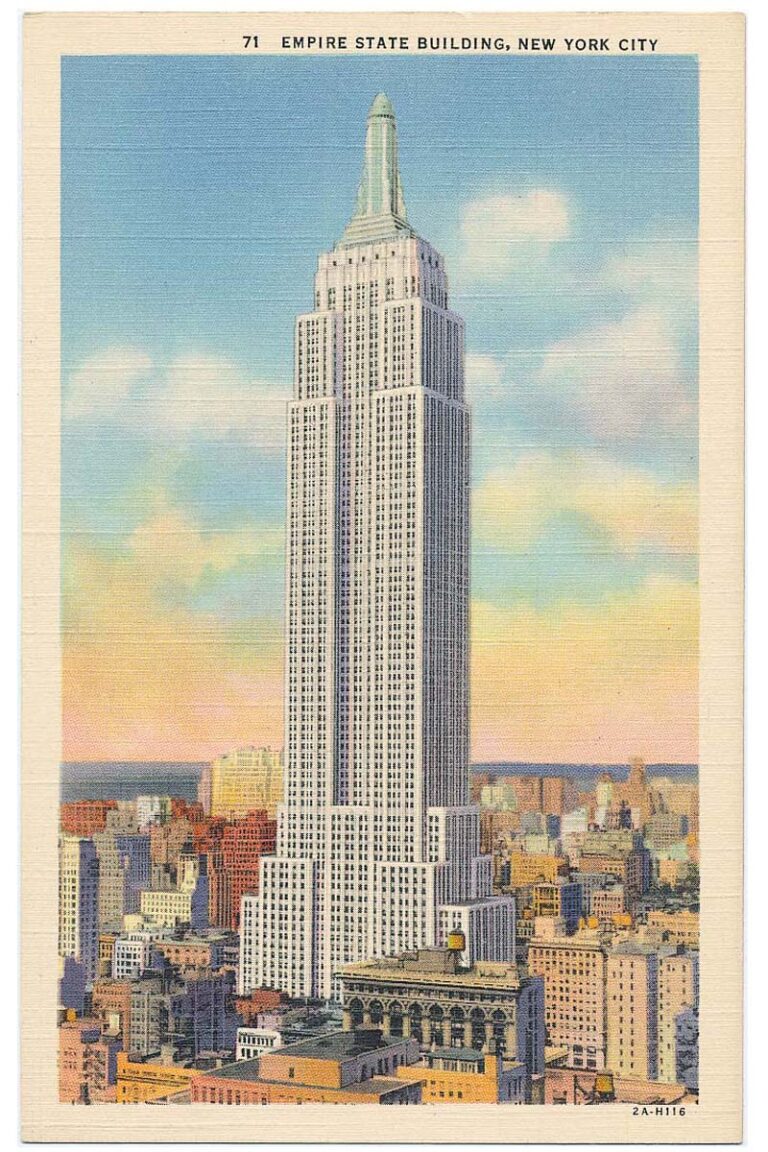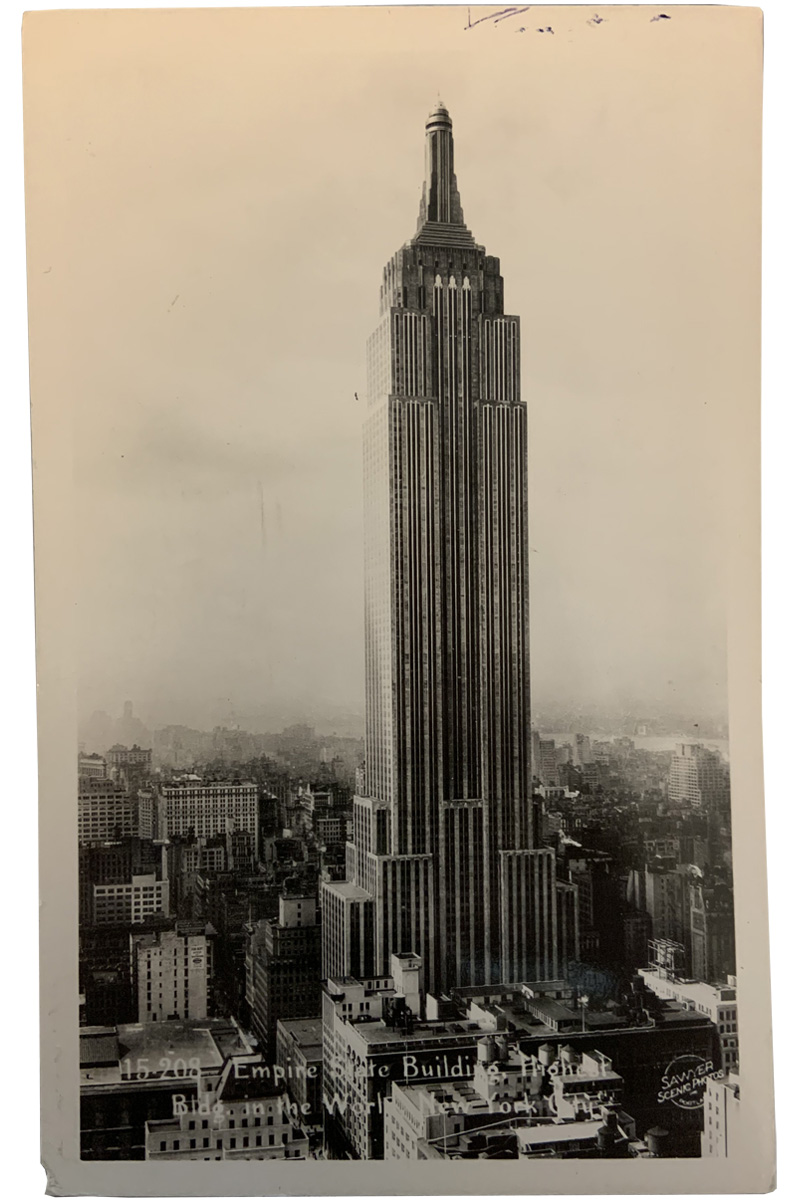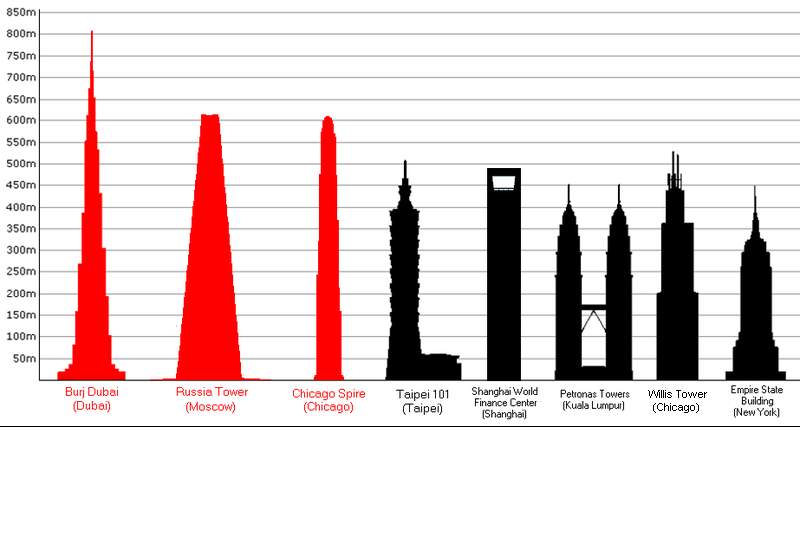How Tall Is The Empire State Building In Meters: A Comprehensive Guide
When it comes to iconic skyscrapers, the Empire State Building stands as a symbol of architectural brilliance and historical significance. Located in the heart of New York City, this magnificent structure has captivated millions worldwide. Many people wonder, "How tall is the Empire State Building in meters?" This article will provide a detailed exploration of its height, construction history, and other fascinating facts.
Understanding the dimensions of the Empire State Building is essential for those interested in architecture, engineering, or simply appreciating one of the world's most famous landmarks. In this guide, we'll delve into its height, its construction timeline, and why it remains an enduring symbol of human achievement.
Whether you're a tourist planning a visit or a student researching for a project, this article will offer all the information you need about the height of the Empire State Building in meters. Let's explore this magnificent structure together!
Read also:Raccoons Sleeping Unveiling The Secrets Of Their Restful Habits
Table of Contents
- Introduction
- How Tall is the Empire State Building in Meters?
- Construction History of the Empire State Building
- Architectural Design and Features
- Comparison with Other Skyscrapers
- Facts and Statistics
- Tips for Visiting the Empire State Building
- Maintenance and Renovations
- Environmental Impact and Sustainability
- Cultural Significance
- Conclusion
How Tall is the Empire State Building in Meters?
The Empire State Building stands at an impressive height of 381 meters (1,250 feet) to its roof. However, with the addition of its antenna, the total height reaches 443.2 meters (1,454 feet). This makes it one of the tallest buildings in the world, though it has been surpassed by several modern skyscrapers in recent years.
Understanding the Height Measurements
It's important to note that the height of a building can be measured in different ways:
- Rooftop Height: The height from the ground to the top of the building's roof.
- Tip Height: The height from the ground to the highest point, including antennas or spires.
The Empire State Building's rooftop height is 381 meters, while its tip height, including the antenna, is 443.2 meters. This distinction is crucial when comparing it to other skyscrapers.
Construction History of the Empire State Building
The construction of the Empire State Building began in 1930 and was completed in just 410 days, a remarkable feat for its time. The building was designed by the architectural firm Shreve, Lamb & Harmon and was completed ahead of schedule and under budget.
Key Milestones in Construction
- March 17, 1930: Construction begins.
- May 1, 1931: The building is officially opened by President Herbert Hoover.
Despite the challenges of the Great Depression, the Empire State Building became a symbol of hope and resilience for many Americans. Its rapid construction was made possible by advancements in steel-frame construction techniques and a dedicated workforce.
Read also:Unveiling The Life And Career Of Sam Reid A Journey Through Time
Architectural Design and Features
The Empire State Building is renowned for its Art Deco design, which was a popular architectural style during the early 20th century. The building's design incorporates elements such as setbacks, a sleek facade, and decorative details that reflect the elegance of the era.
Key Features of the Building
- Setbacks: The building features a series of setbacks that reduce wind resistance and create a unique silhouette.
- Observation Decks: Located on the 86th and 102nd floors, these decks offer breathtaking views of New York City.
- Illumination: The building is illuminated with colorful lights during holidays and special events, enhancing its visibility at night.
The Empire State Building's design has influenced countless skyscrapers around the world, making it a benchmark for modern architecture.
Comparison with Other Skyscrapers
While the Empire State Building was once the tallest building in the world, it has since been surpassed by several other skyscrapers. However, it remains one of the most iconic structures globally.
Top Skyscrapers by Height
- Burj Khalifa (Dubai): 828 meters (2,717 feet)
- Shanghai Tower (China): 632 meters (2,073 feet)
- Makkah Royal Clock Tower (Saudi Arabia): 601 meters (1,971 feet)
Despite being shorter than these modern skyscrapers, the Empire State Building's historical and cultural significance ensures its place among the world's most celebrated buildings.
Facts and Statistics
The Empire State Building is full of fascinating facts and statistics that highlight its grandeur and importance. Here are some key figures:
- Floors: 102
- Elevators: 73
- Steel Beams: 57,000 tons
- Windows: 6,500
These numbers demonstrate the sheer scale and complexity of the building's construction, making it a marvel of engineering.
Tips for Visiting the Empire State Building
If you're planning a visit to the Empire State Building, here are some tips to enhance your experience:
Best Time to Visit
Consider visiting during the early morning or late evening to avoid large crowds. These times offer a more peaceful atmosphere and better photo opportunities.
Purchasing Tickets
It's advisable to purchase tickets in advance to secure your preferred time slot and avoid long queues. Several ticket options are available, including access to the 86th and 102nd-floor observation decks.
Maintenance and Renovations
To ensure the Empire State Building remains in excellent condition, regular maintenance and renovations are conducted. These efforts include:
- Facade Restoration: The building's limestone facade undergoes periodic cleaning and repairs.
- Energy Efficiency: Modern upgrades have been implemented to improve the building's energy efficiency, reducing its carbon footprint.
These initiatives ensure that the Empire State Building continues to serve as a functional and sustainable landmark for future generations.
Environmental Impact and Sustainability
In recent years, the Empire State Building has taken significant steps to reduce its environmental impact. A major retrofit project completed in 2013 resulted in a 38% reduction in energy consumption, saving millions of dollars annually.
Sustainability Initiatives
- LED Lighting: Energy-efficient LED lights have replaced traditional bulbs, reducing energy usage.
- Insulation Improvements: Upgraded window insulation and HVAC systems contribute to better energy efficiency.
These efforts demonstrate the building's commitment to sustainability and environmental responsibility.
Cultural Significance
The Empire State Building has become an integral part of popular culture, appearing in countless films, books, and television shows. Its iconic status is further cemented by its role in historical events and its association with New York City's vibrant identity.
Notable Cultural References
- King Kong (1933): The building's most famous cinematic appearance features the giant ape scaling its heights.
- An Affair to Remember (1957): A romantic film that uses the building as a backdrop for a love story.
These cultural references ensure that the Empire State Building remains a beloved symbol of human creativity and ambition.
Conclusion
In conclusion, the Empire State Building stands as a testament to human ingenuity and perseverance. Its height of 381 meters (1,250 feet) to the roof and 443.2 meters (1,454 feet) with the antenna makes it one of the tallest buildings in the world. From its construction history to its cultural significance, this landmark continues to inspire and captivate people worldwide.
We encourage you to visit the Empire State Building and experience its grandeur firsthand. Don't forget to share your thoughts and experiences in the comments below or explore other articles on our site for more fascinating insights into architecture and history.
Thank you for reading, and we hope this article has provided valuable information about the height of the Empire State Building in meters and beyond!


